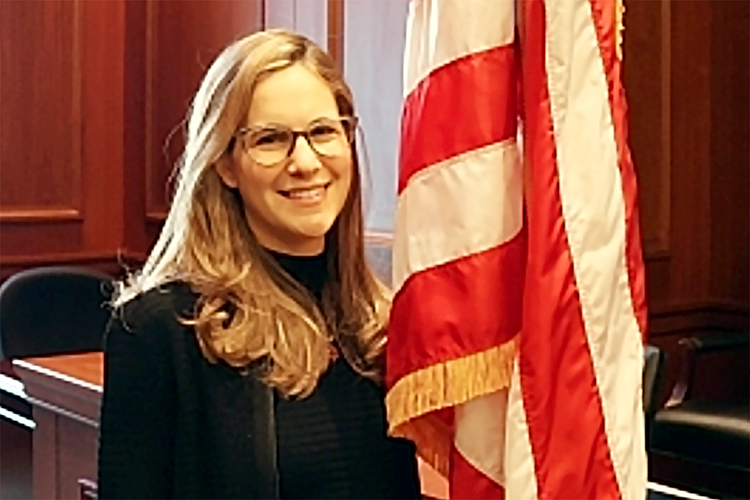New Approach to Predictive Coding Increases Flexibility and Efficiency
Predictive Ranking
New Approach to Predictive Coding Increases Flexibility and Efficiency
Most articles about technology assisted review (TAR) start with dire warnings about the explosion in electronic data. In most legal matters, however, the reality is that the quantity of data is big, but it is no explosion. The fact of the matter is that even a half million documents—a relatively small number in comparison to the “big data” of the web—poses a significant and serious challenge to a review team. That is a lot of documents and can cost a lot of money to review, especially if you have to go through them in a manual, linear fashion. Catalyst’s Predictive Ranking bypasses that linearity, helping you zero-in on the documents that matter most. But that is only part of what it does.
In the real world of e-discovery search and review, the challenges lawyers face come not merely from the explosion of data, but also from the constraints imposed by rolling collection, immediate deadlines, and non-standardized (and at times confusing) validation procedures. Overcoming these challenges is as much about process and workflow as it is about the technology that can be specifically crafted to enable that workflow. For these real-world challenges, Catalyst’s Predictive Ranking provides solutions that no other TAR process can offer.
In this article, we will give an overview of Catalyst’s Predictive Ranking and discuss how it differs from other TAR systems in its ability to respond to the dynamics of real-world litigation. But first, we will start with an overview of the TAR process and discuss some concepts that are key to understanding how it works. Read the rest of the article to learn:
• How predictive ranking identifies responsive documents
• How to verify that proportionally all responsive documents are found
• Differences between ‘judgementalist’ and ‘random’ approaches to sampling – which is better? What if you could do both?
• How contextual diversity enhances the predictive coding process
• How predictive ranking allows for rolling data collection
Click here to read the entire article:
www.catalystsecure.com/Predictive-Ranking-Technology-Article
About the Author
Jeremy Pickens, Ph.D., is one of the world’s leading search scientists and a pioneer in the field of collaborative exploratory search, a form of search in which a group of people who share a common information need actively collaborate to achieve it. At Catalyst, Dr. Pickens researches and develops methods of using collaborative search to achieve more intelligent and precise results in e-discovery search and review.
Sign up for monthly articles on e-Discovery:
http://www.catalystsecure.com/newsletter-signup
Learn more about e-Discovery in the Cloud:
Write a letter to the editor, share a story tip or update, or report an error.This content is advertising.



